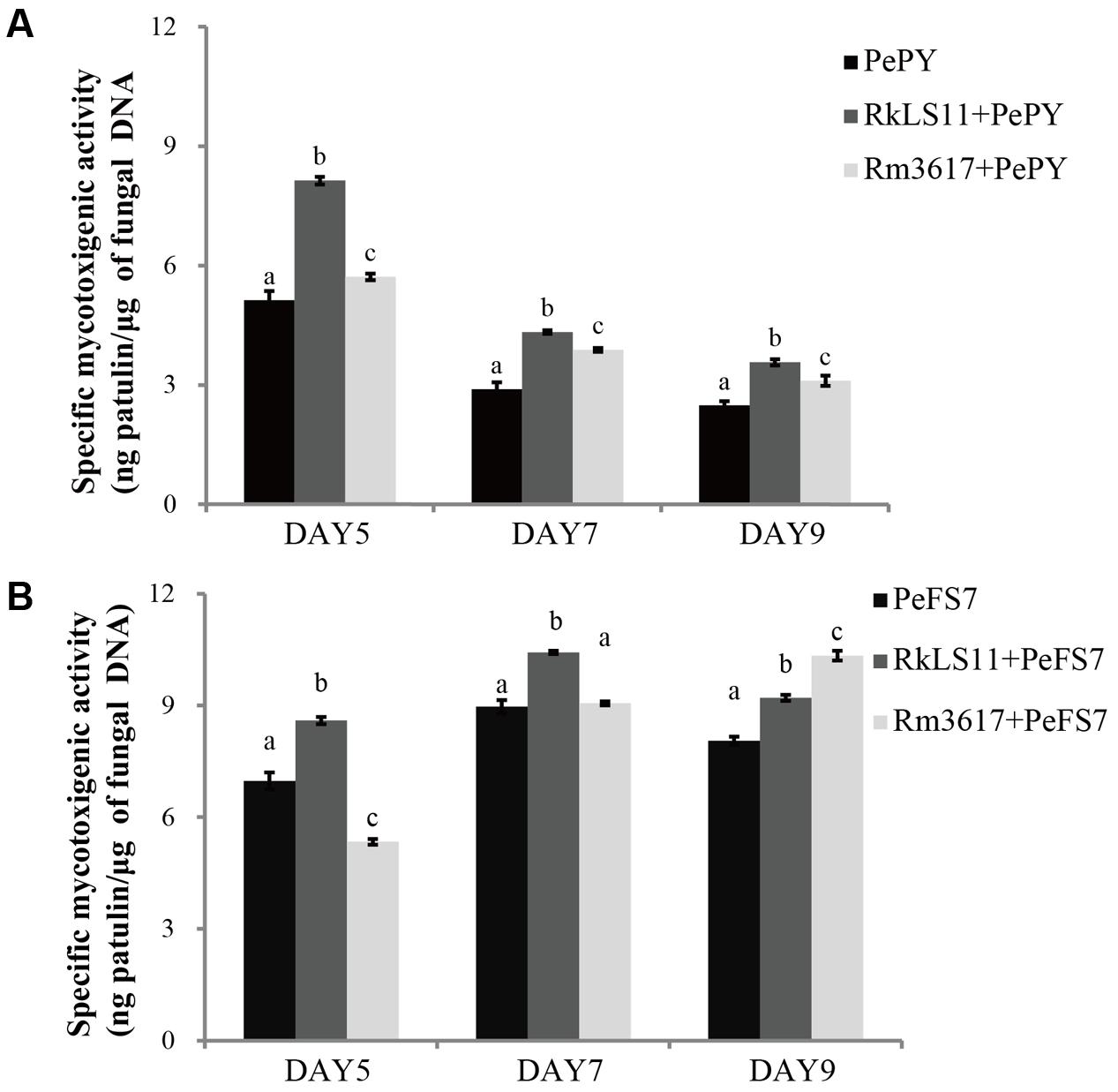

Chemicals registered for gall wasp are only available in commercial quantities for use in commercial-sized orchards. Old galls will have tiny holes where the wasps have already emerged (Figure 4).Ĭhemical control in the home garden is problematic. Burning (if permitted) - check your local government guidelines and total fire bans.īe aware that over-pruning your tree in winter will encourage lots of new growth which is more susceptible to citrus gall wasp.For bulk cuttings, galls can be securely covered with a tarp. Solarising by placing them in a well-sealed plastic bag and left in the sun for at least four weeks.To reduce the spread and reinfestation of your tree, galls removed from July to November should be treated before disposal. Wasps can emerge from galls in pruning offcuts if pruned too close to the usual emergence period, spreading the pest further around the State. Pruned material can be kept at your property or go into green waste (bin or verge collection) or general rubbish. Larvae inside the galls will not survive at this time of year. Prune out new galls before winter (February to end of June) to avoid the need to treat galls before disposal.

By the following winter, the larvae inside the gall pupate ready to emerge again as adults in spring. Woody tissue forms around the larvae causing the distinctive swelling of the gall. Larvae then burrow into the bark for 9–10 months. They are less than 0.5mm, oval shaped, white, and slightly opaque, hatching in 2-4 weeks. Egg laying starts immediately after wasps emerge with most laid within the first three days.Įggs are concealed under the bark of new season citrus shoots.

Females can lay up to 100 eggs in this time. CGW are small (2.5mm), shiny black wasps, that live for 3 – 7 days, depending on temperature. Emergence is strongly associated with the spring growth flush. Understanding the lifecycle of these wasps will help inform what control option to use, and when.Īdult wasps emerge from galls in spring (September to December), when environmental conditions are suitable. CGW produces a single generation each year, spending 95% of its growth and development inside galls in branches (Figure 1).


 0 kommentar(er)
0 kommentar(er)
